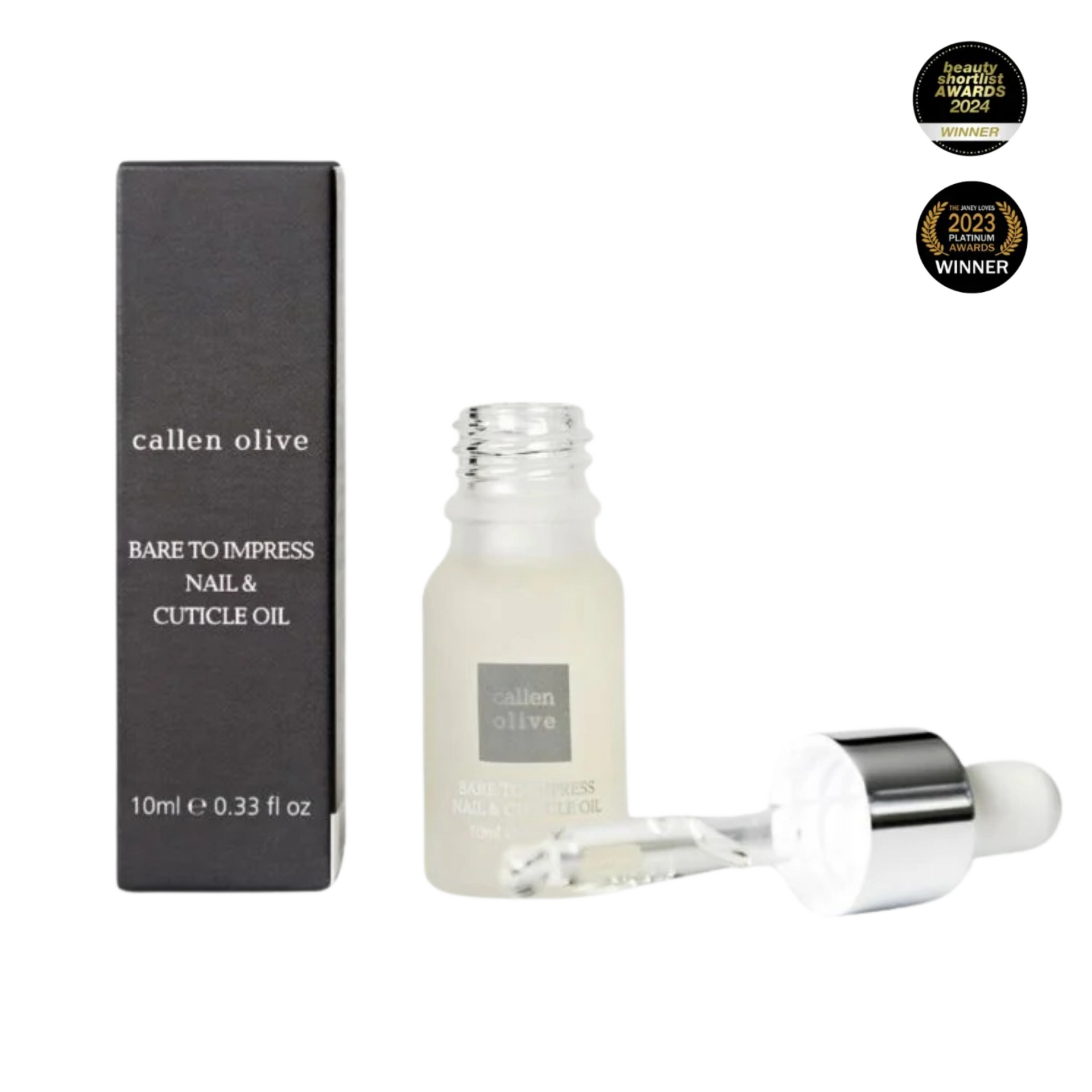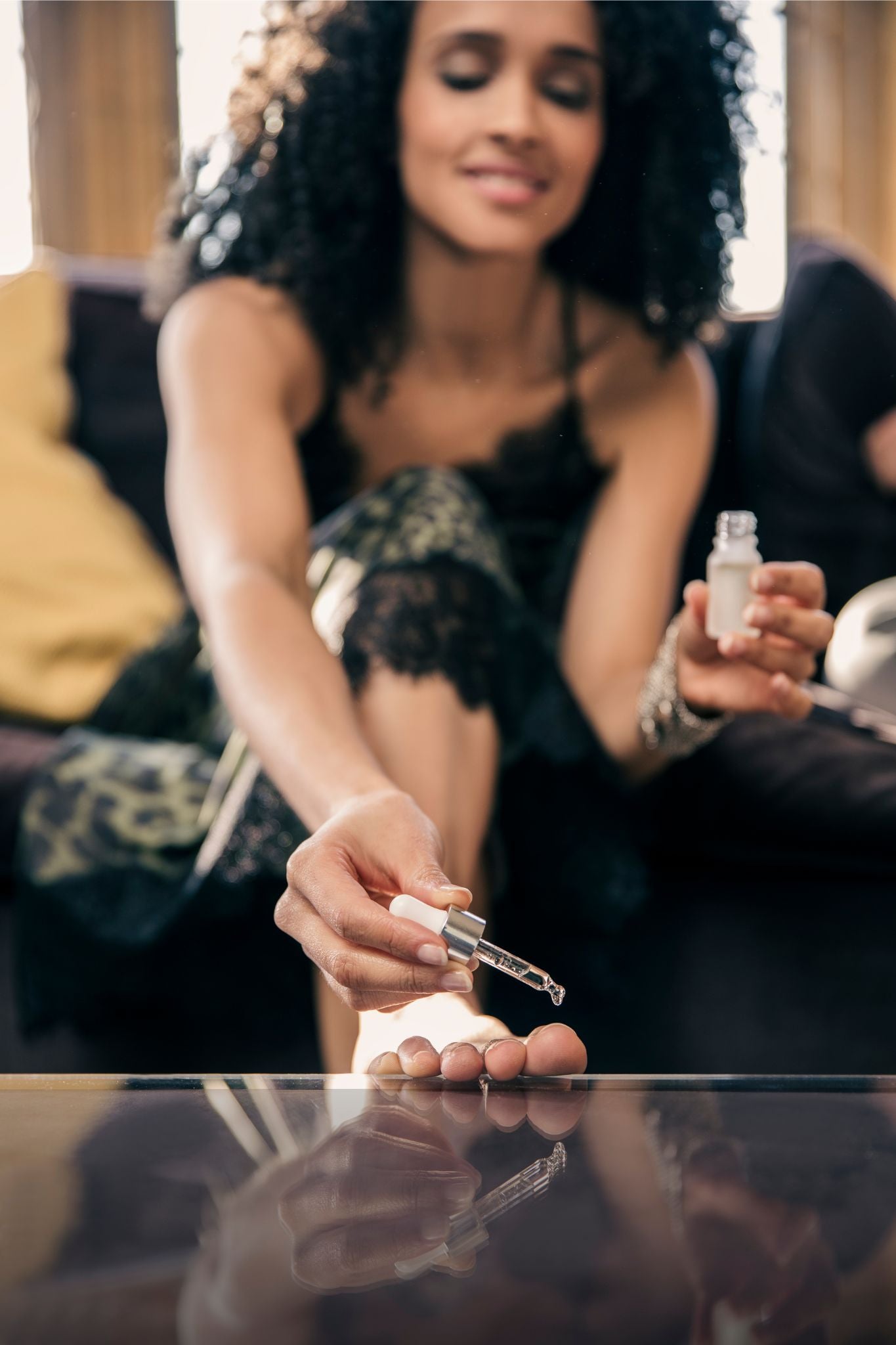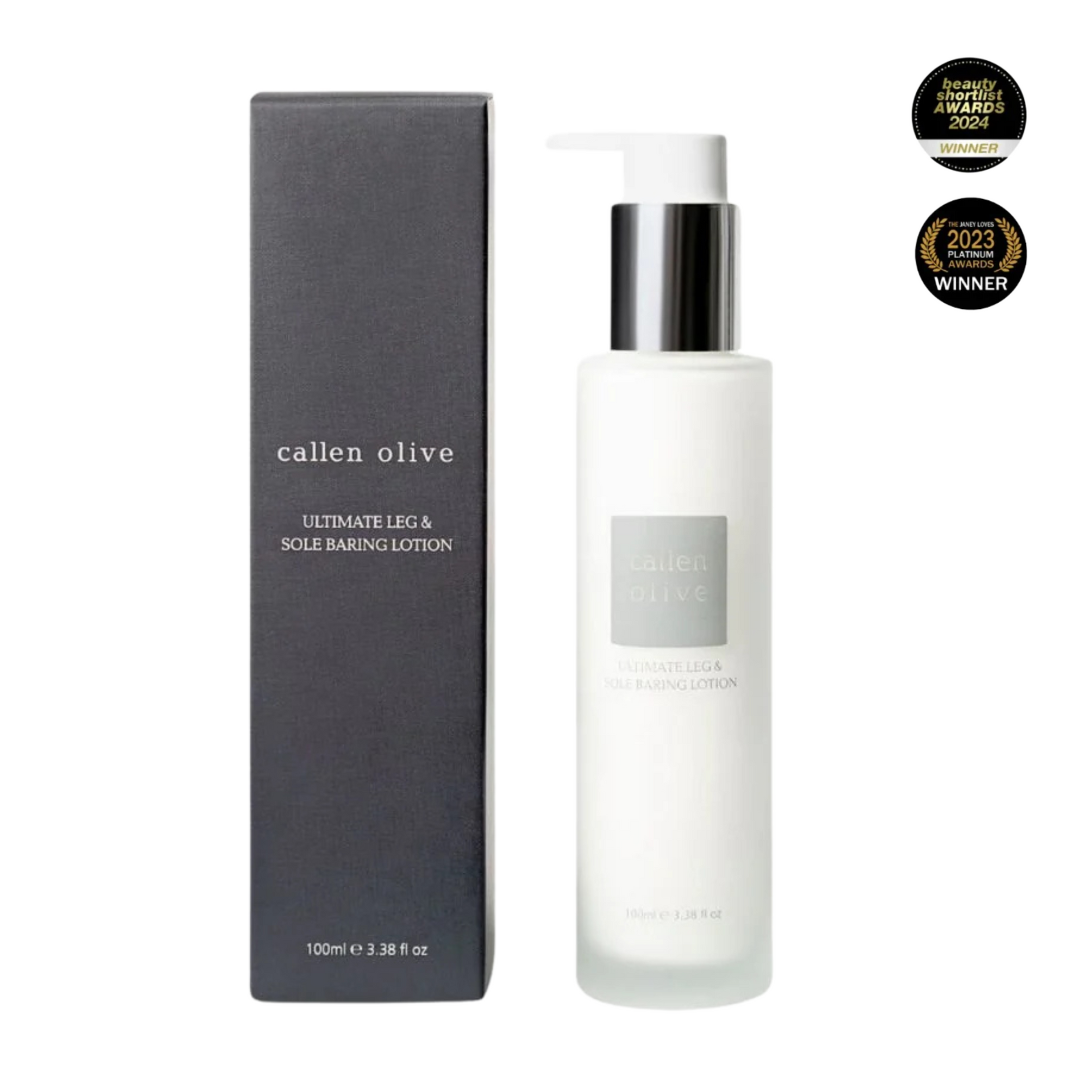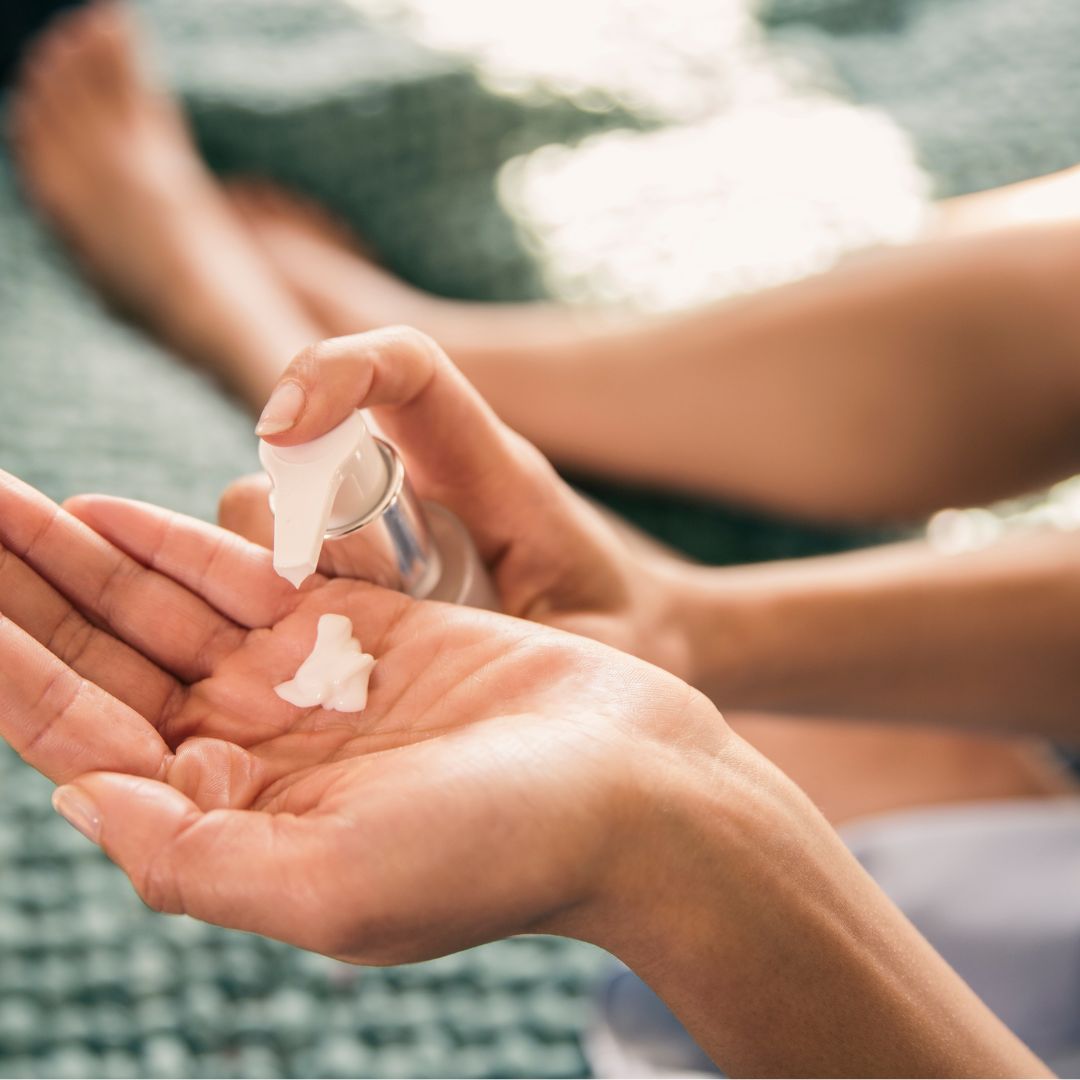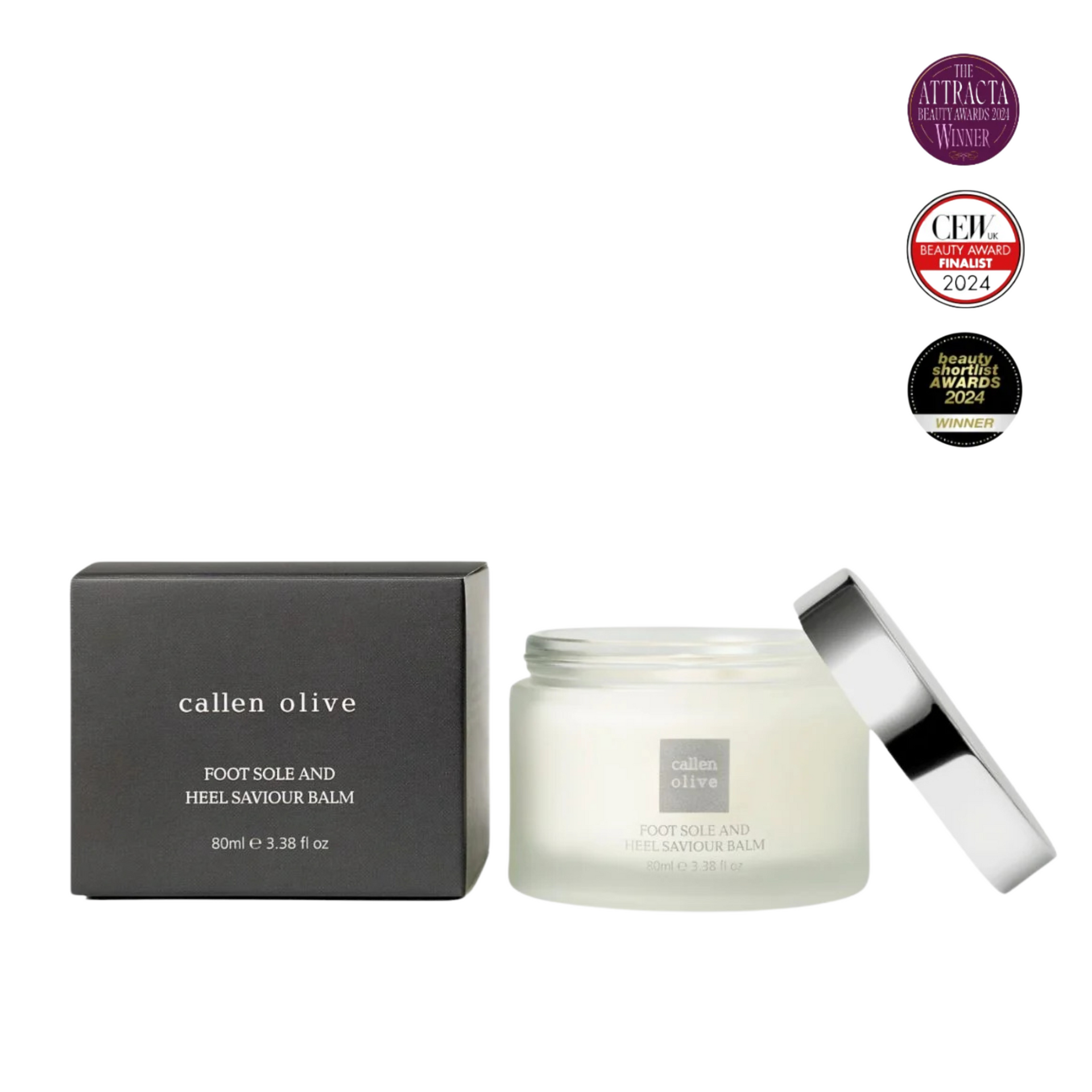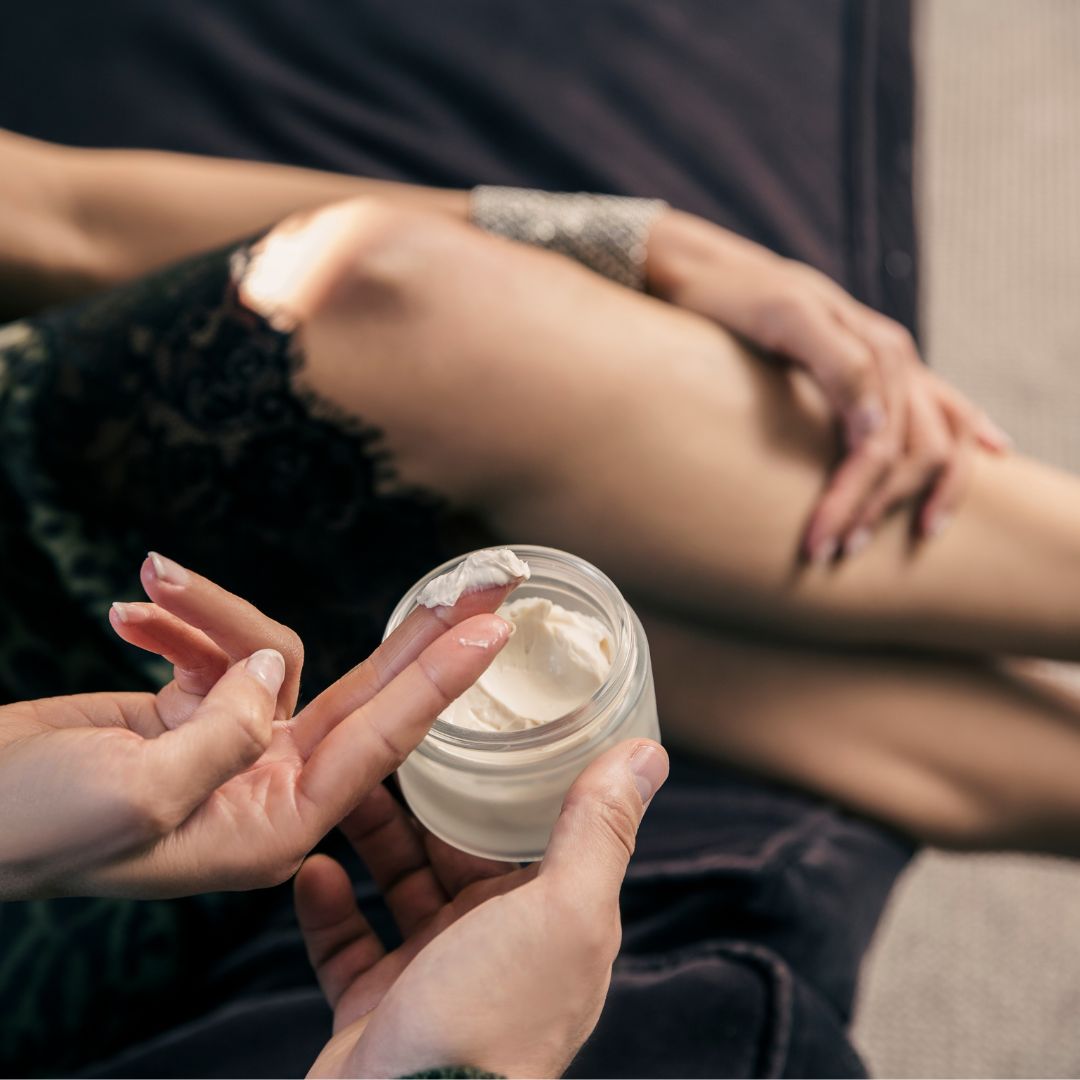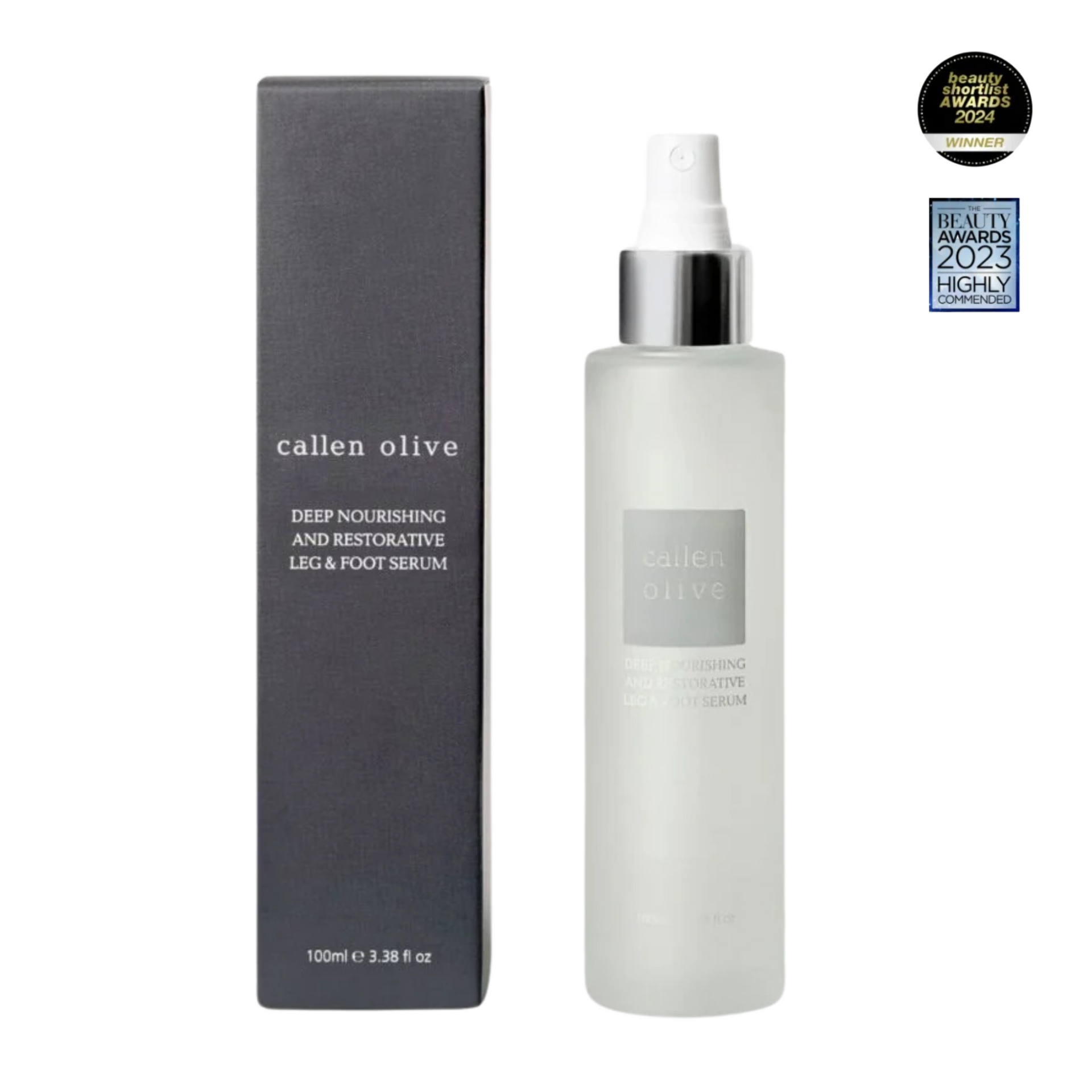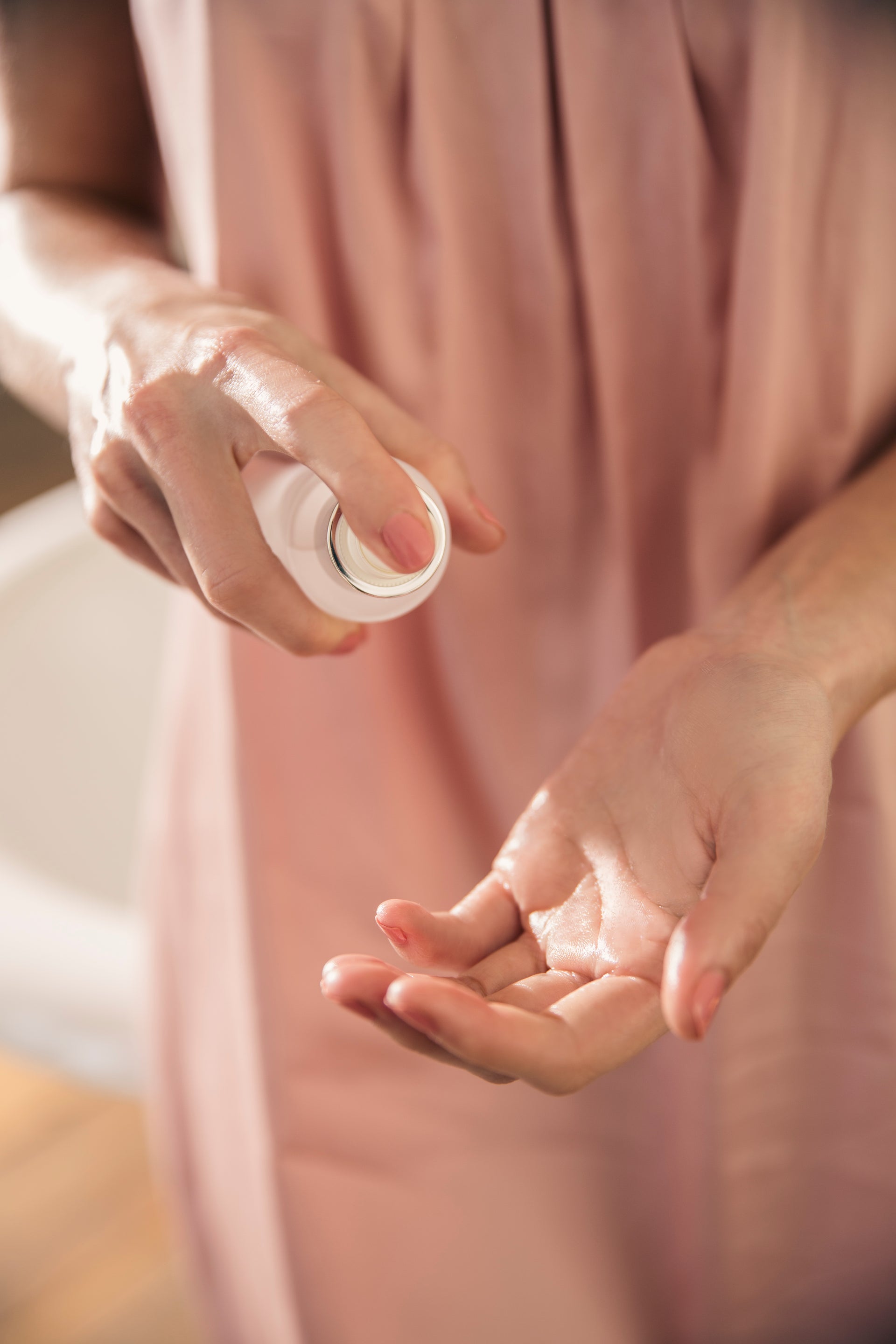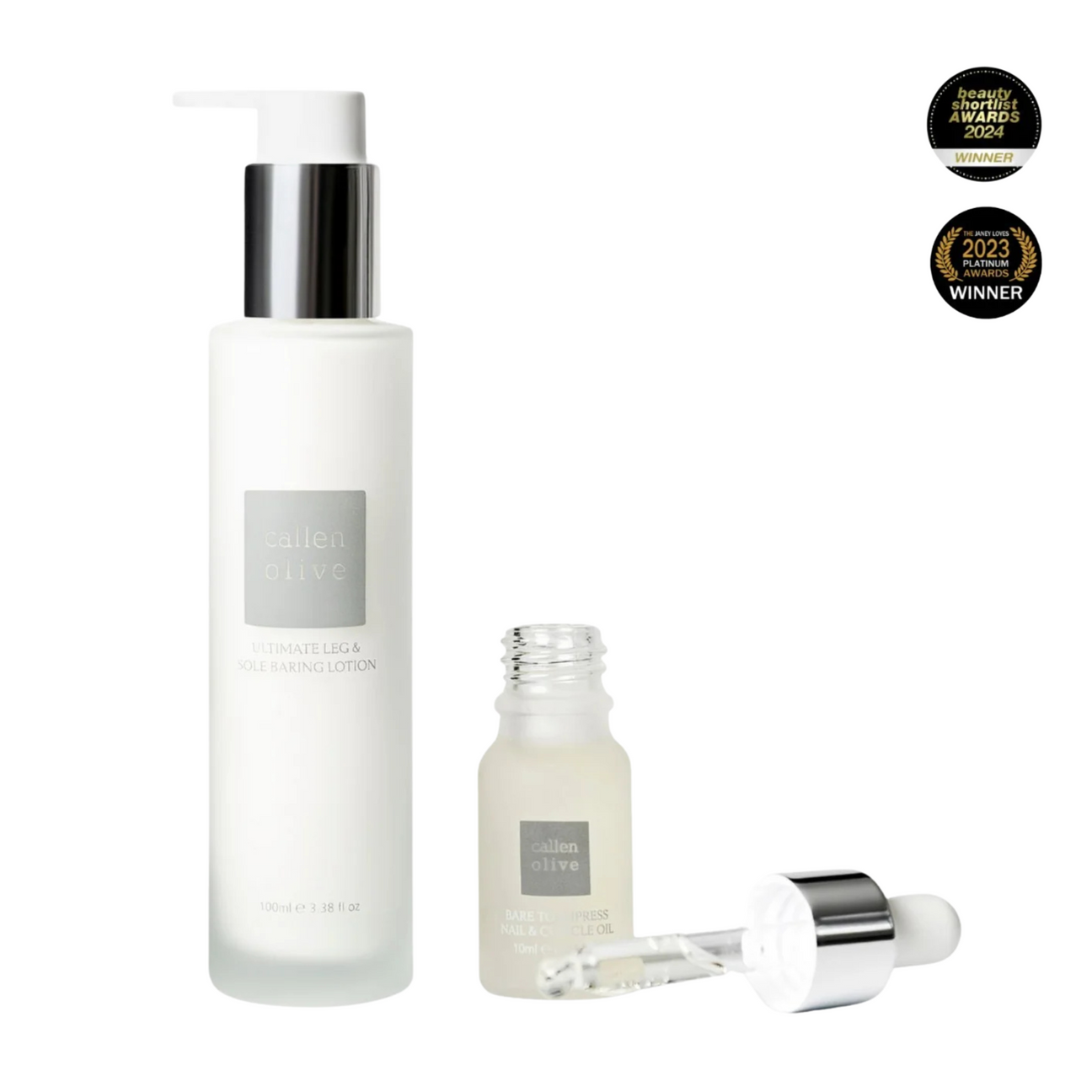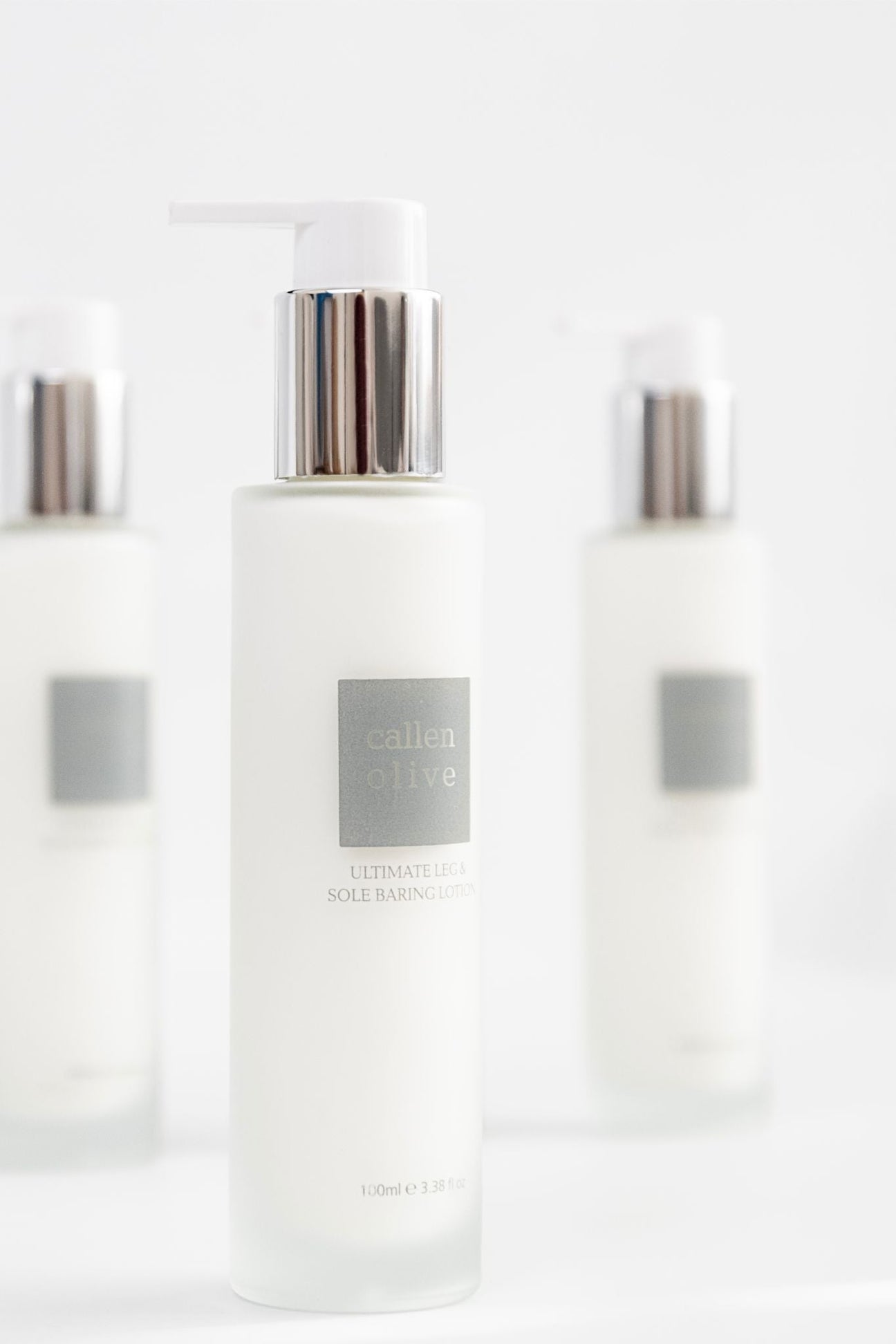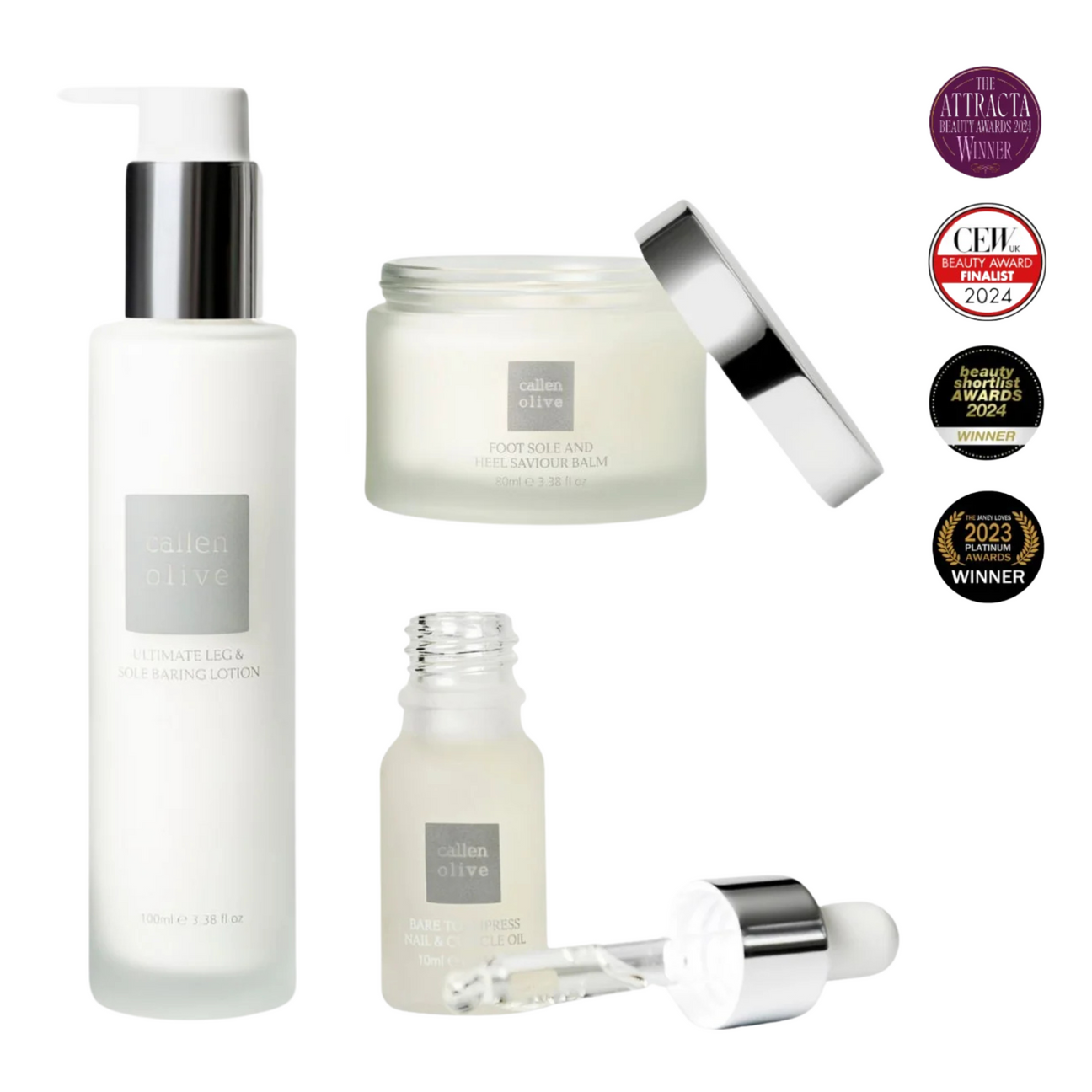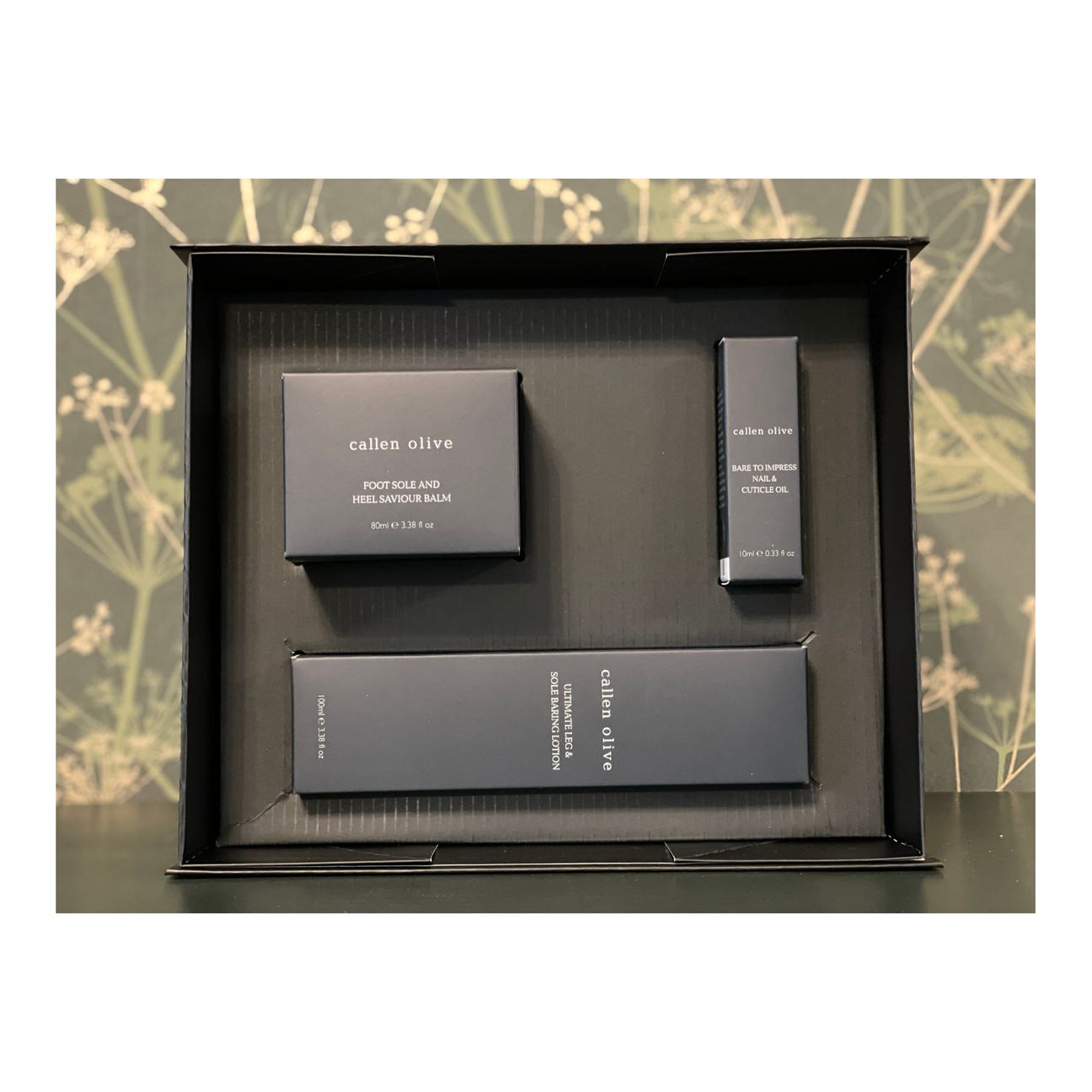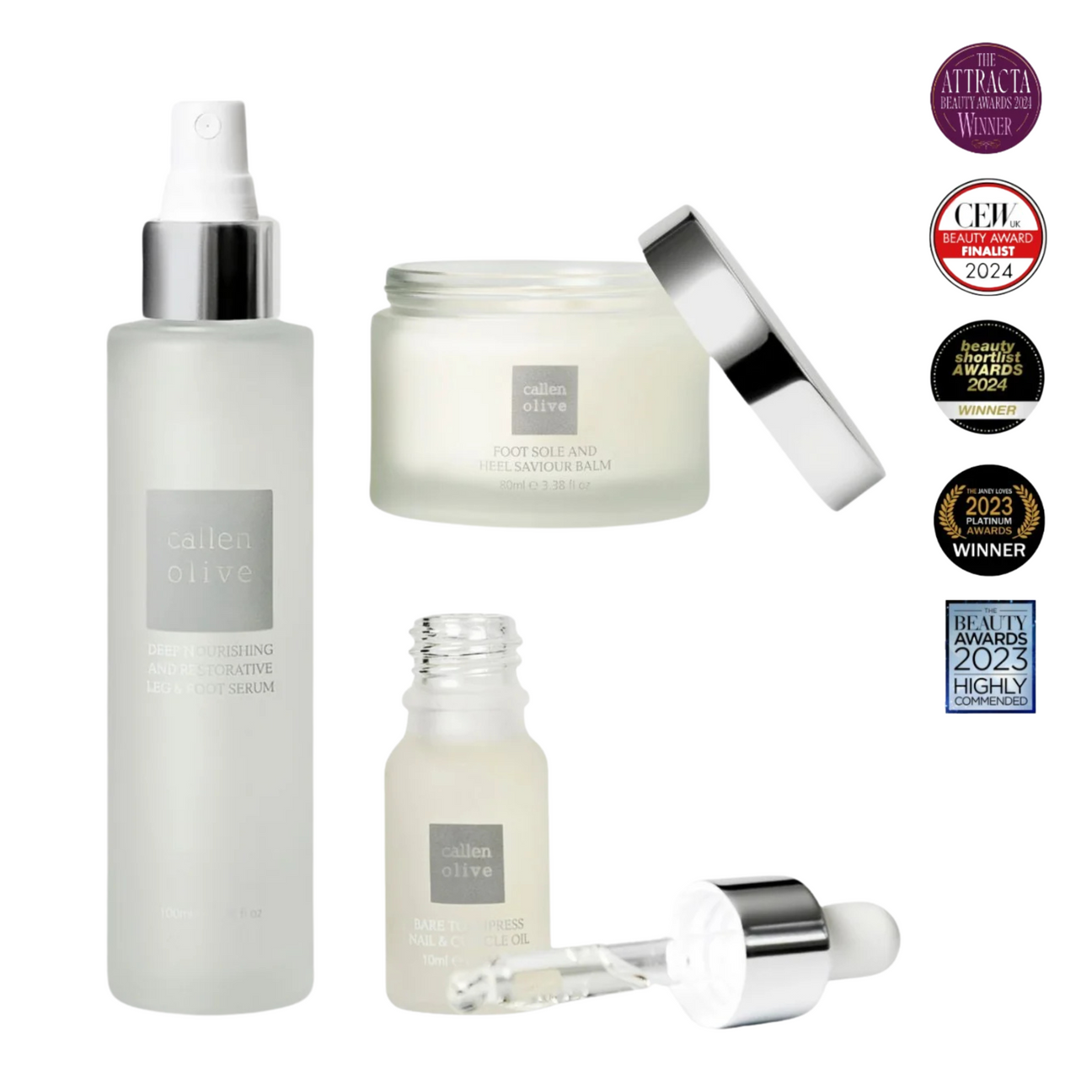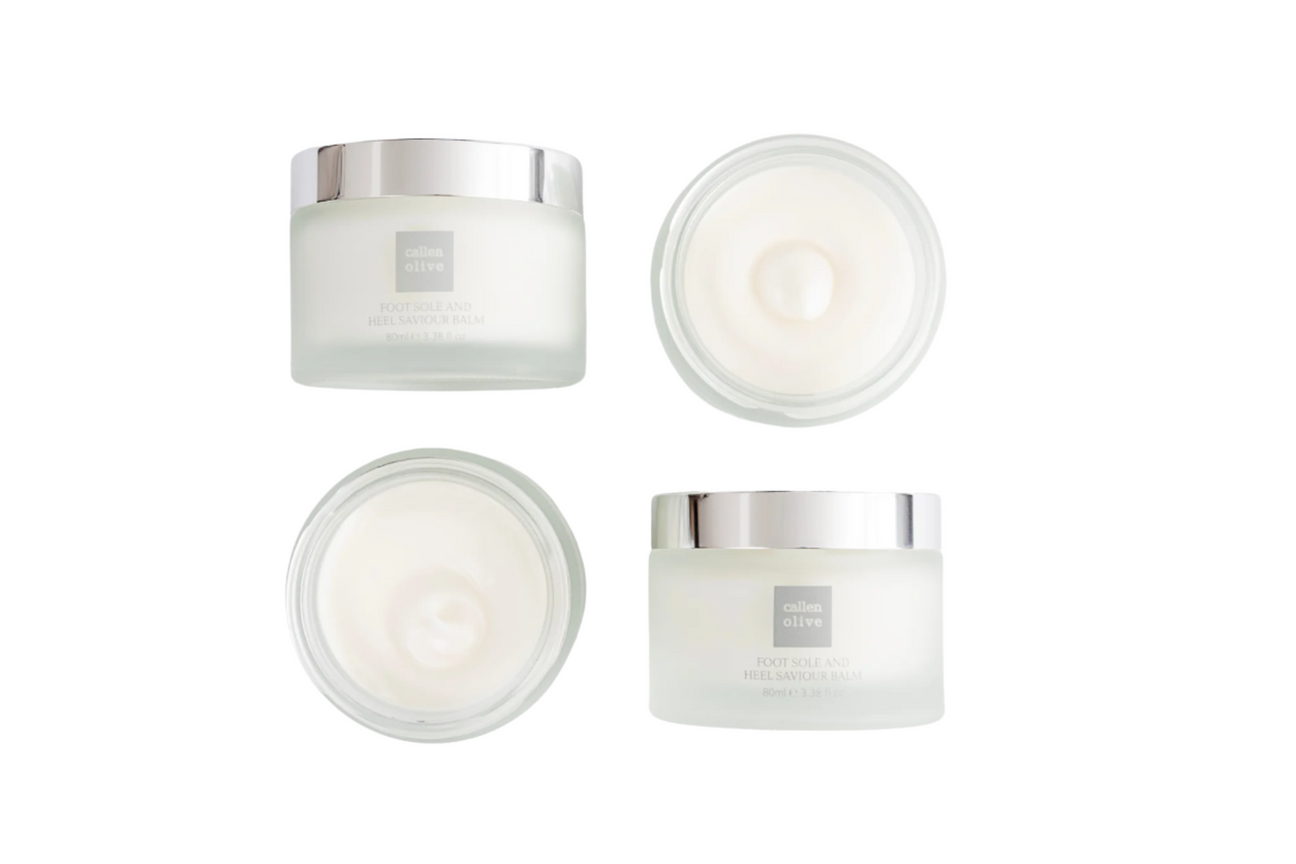As women journey through the transformative phase of menopause, they often find themselves discussing the many physical and emotional changes that accompany this life-altering transition. However, one aspect that is often overlooked is the transformation that occurs beneath our feet. Yes, you read that right—our feet go through their own unique evolution during menopause, impacting our shoe choices and daily comfort. Saying that there are a few things you can do to keep your feet feeling fabulous.
A significant portion of our podiatry patients are mature women, making menopausal feet a daily topic of discussion. The hormonal changes caused by menopause have a strong influence on your feet.
The experience of menopause varies widely among women, but it's universally acknowledged as an inevitable facet of the ageing journey. Women commonly associate menopause with symptoms like hot flushes, night sweats, mood swings, disrupted sleep, fatigue, changes in libido, menstrual irregularities, and weight fluctuations. While these are the well-known companions of menopause, one often overlooked is its impact on our feet.
Historically, the focus has been primarily on the long-term consequences of menopause, such as osteoporosis and cardiovascular issues. Unfortunately, however, many women aged between 45-64 years old suffer from the burden of non-fatal disease, musculoskeletal pain. The connection between musculoskeletal health and menopause is, therefore, substantial.
How your oestrogen levels influence musculoskeletal health
Oestrogen, the key player in menopause, wields significant influence over our musculoskeletal tissues. Declining oestrogen levels during menopause contribute substantially to the burden of musculoskeletal diseases women face. Oestrogen plays a pivotal role in the development, maturation, and ageing of bone, muscle, and connective tissues. It regulates the metabolism within these tissues, fostering bone and muscle strength while reducing stiffness in tendons and ligaments.
As a woman's oestrogen levels decline during menopause, the risks of musculoskeletal injury and accelerated bone and muscle loss increase. Reduced muscle mass and strength, combined with diminished bone density, create a situation where older women become more susceptible to falls and related injuries. The connection between menopause and declining balance can be traced to reduced quadriceps and hip abductor strength, as well as compromised flexibility. Moreover, the stiffening of tendons due to falling oestrogen levels is associated with muscle-related injuries.
Quality of life and foot health in menopause
Foot health may not be top-of-mind for women experiencing menopause, but it's imperative to consider the impact of decreased oestrogen levels on women in this age group and beyond, especially those experiencing musculoskeletal foot pain. A study of 106 Spanish women aged 45-55 revealed a significant difference in foot pain, general foot health, and social well-being between menopausal and non-menopausal women. This demonstrates a lower quality of life related to foot health in women experiencing menopause, and this demographic often forms a significant portion of a podiatrist's caseload.
Menopause-related foot health challenges
Weight gain is a common occurrence during menopause, largely due to the role of low oestrogen levels in promoting abdominal fat deposition. Reduced energy levels and decreased physical activity can exacerbate weight gain. In a study of 81 postmenopausal women exploring the relationship between age, body mass index (BMI), muscle-tendon unit (MTU) stiffness, and foot arch structure, a higher BMI was often associated with a flat foot and impaired foot function.
Menopause can affect the legs and feet in several ways, beyond the specific issues we've discussed. For instance:
- Menopausal women may experience joint stiffness, particularly in the knees and hips. This can make it more challenging to move the legs comfortably.
- Thinning of fat pads. As oestrogen decreases, the natural fat padding on the soles of our feet tends to thin out. This can result in reduced cushioning, making it more uncomfortable to stand or walk for extended periods.
- Hormonal changes can impact coordination and balance, potentially increasing the risk of falls and related injuries.
- The risk of osteoarthritis, a degenerative joint disease, may increase during menopause. This can affect the knees and other weight-bearing joints in the legs. It can also affect the bones in the feet, potentially leading to fractures or deformities.
- Some women may notice changes in their walking patterns or gait, which can be related to muscle and bone changes.
- Muscle cramps, including those in the legs and feet, can become more frequent during menopause. These cramps can be painful and disruptive.
- Fluid retention can lead to leg swelling, particularly in the ankles and lower legs. This can be uncomfortable and may contribute to discomfort.
- Hormonal changes can affect nerve sensitivity, potentially leading to sensations like tingling or numbness in the legs and feet.
-
Skin on the legs and feet may become drier and thinner, making it more susceptible to irritation and itching.
So, now you know this, what can you do about it?
To address these effects and promote leg and foot health during menopause, it's important to maintain a healthy lifestyle, which includes regular exercise, a balanced diet, and staying well-hydrated.
Proper foot and leg care, such as wearing supportive footwear and using moisturisers, can also be beneficial. Our collection of multi-award-winning luxury leg and foot skincare products can help with optimum hydration and achieving healthy glowing skin.
If you experience persistent discomfort or significant health issues related to menopause and your legs and feet, it's advisable to consult with a healthcare provider or a podiatrist for personalised advice and potential treatment options.
If you’ve followed my blogs and socials, you’ll know by now that for me prevention is better than cure. Aged 41, I am now preparing my body for the menopause, with clean eating for a healthy body and mind. I also exercise regularly to stay physically strong. I’m embracing the journey ahead and looking forward to the next phase of life and the benefits to come – there are many!
Also knowing I’m type 1 diabetic and have increased insulin resistance too, I will likely go through the menopause earlier. This also highlights that every woman will have their own unique experience of the menopause, therefore connecting with your own needs and changes is essential for optimum health. Healthy feet, healthy body, healthy mind – profoundly simple yet so overlooked.
Things that may help with prevention are:
- Consulting with a physical therapist for a rehab programme.
- Seeing a podiatrist for a biomechanical / gait analysis to assess if there are any pre-existing issues, or unknown abnormalities.
- Supplementation of bone health and an MOT with your doctors to run routine blood tests and discuss HRT if relevant.
If you have pain in your feet, there are many causes of this. Getting a diagnosis from a podiatrist will give you a personalised treatment plan(s) and increased chances of being pain free sooner. I’m a big fan of professional running shoes for their comfort and cushioning properties. Interestingly, recent small RCTs have proven that acupuncture and reflexology may relieve and help menopausal pain in the feet.
Menopause is an inevitable part of a woman's life, and as our bodies transform, so do our feet. The key is to embrace these changes and adapt to the new demands your feet may present. Remember that prioritising foot health is not just about comfort; it's also about self-care and empowerment. So, whether you're stepping out in casual sneakers or strutting in elegant heels, your feet will thank you for the love and attention they deserve during this remarkable journey through menopause.
At Callen Olive, we want to share the intricate web of connections between menopause and foot health, highlighting the significance of this often-overlooked aspect of women's well-being. We're committed to addressing the unique needs of women during menopause, ensuring their foot health remains a vital part of their overall quality of life.

